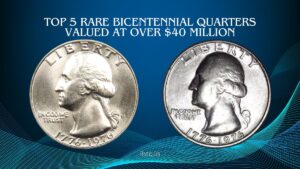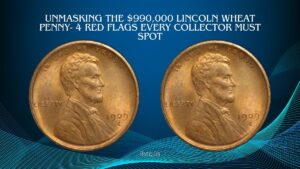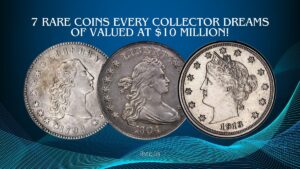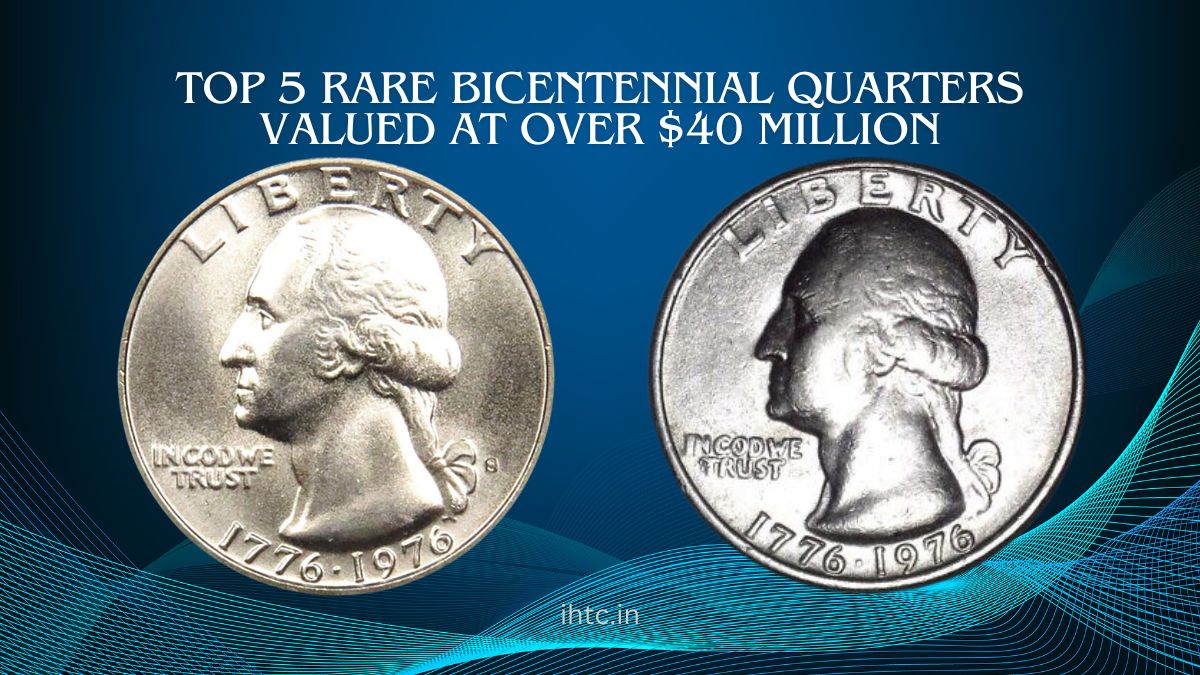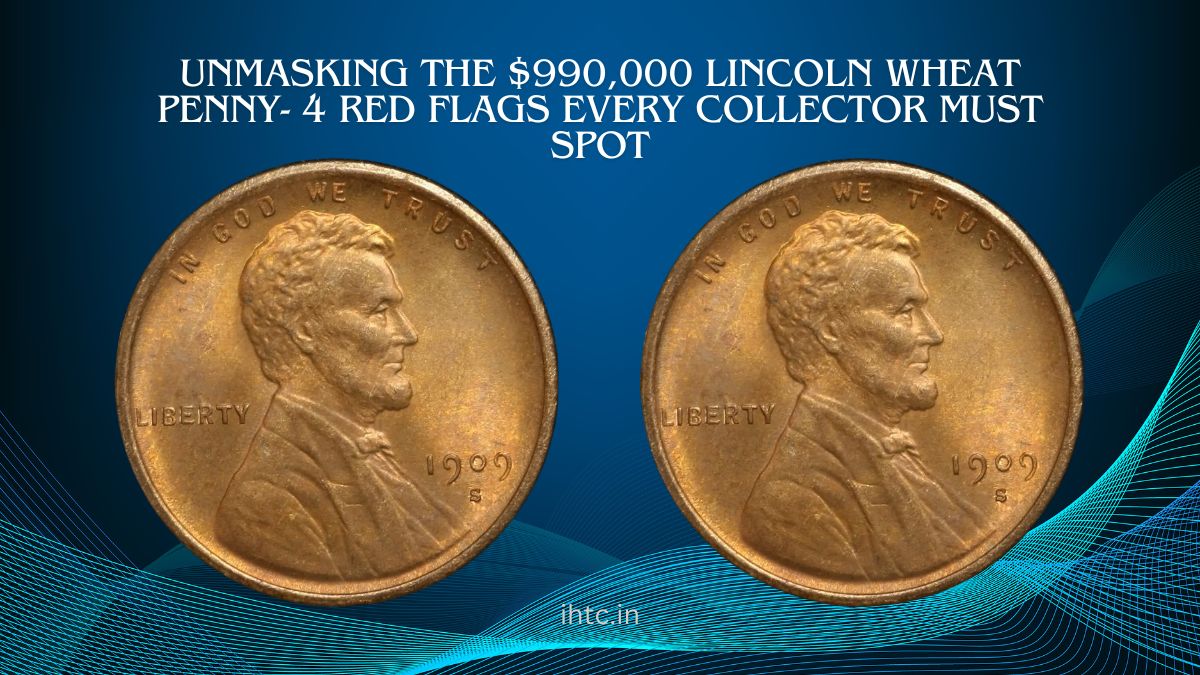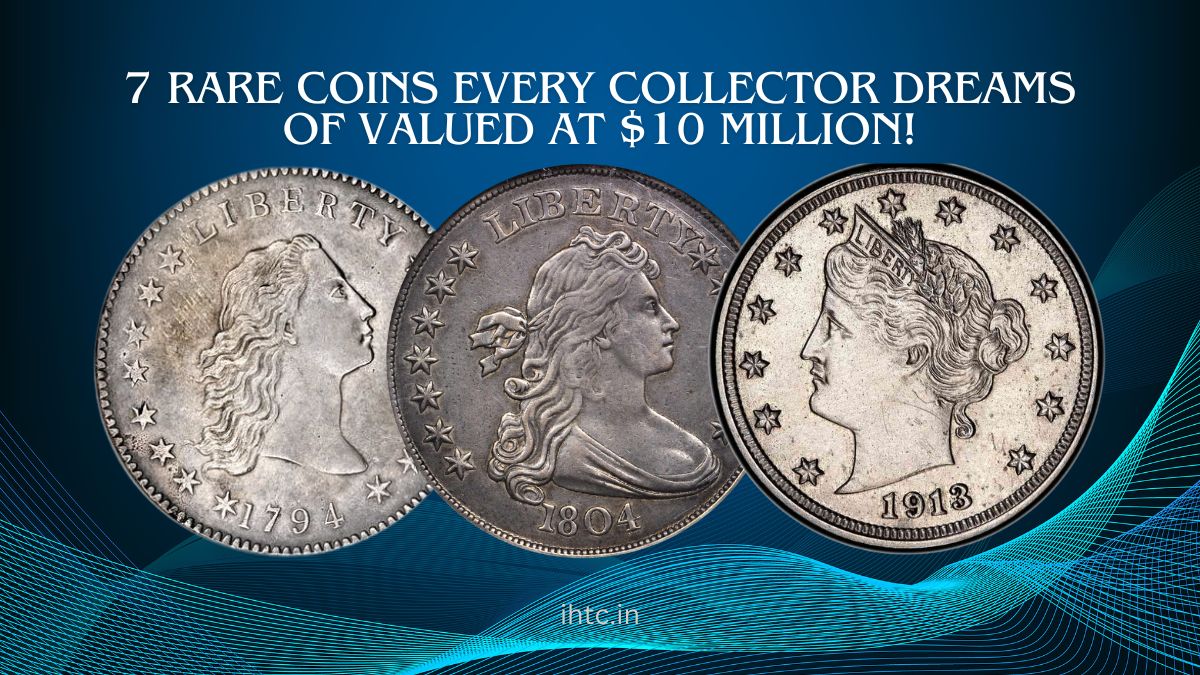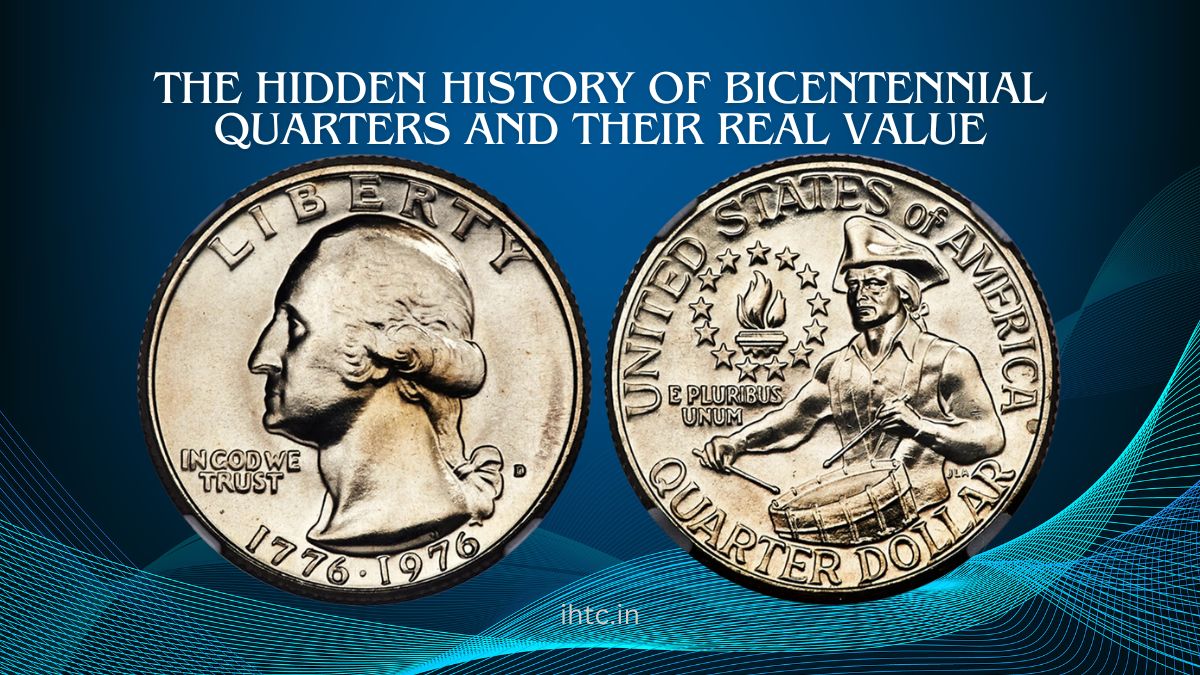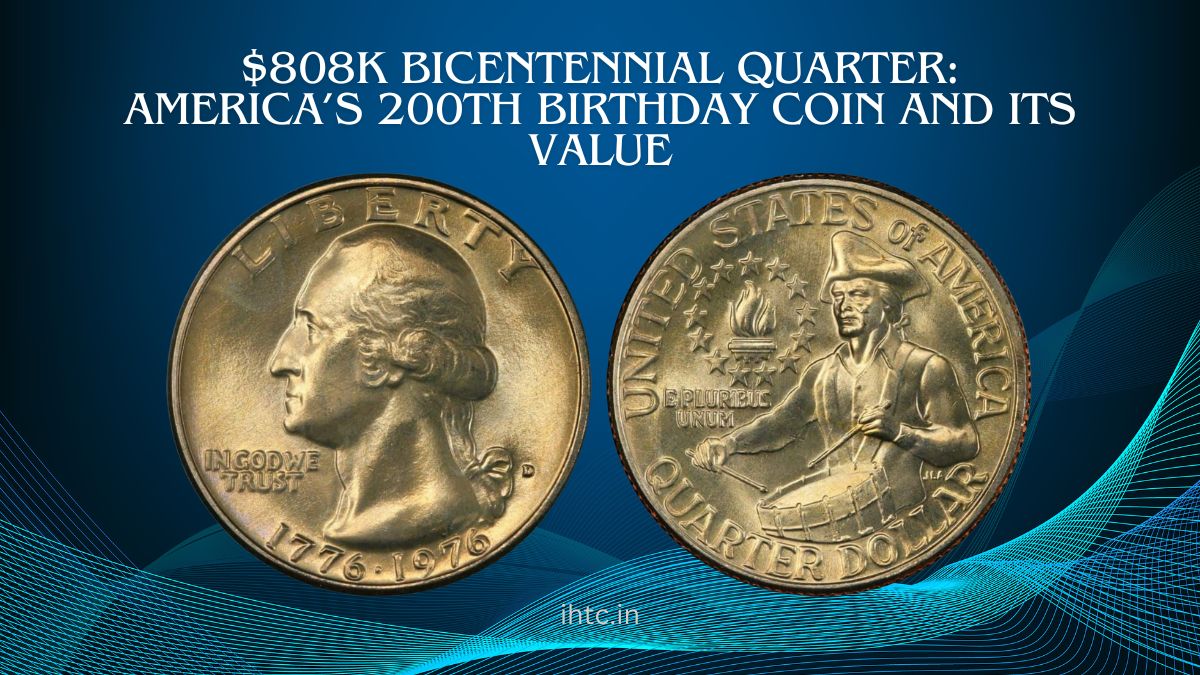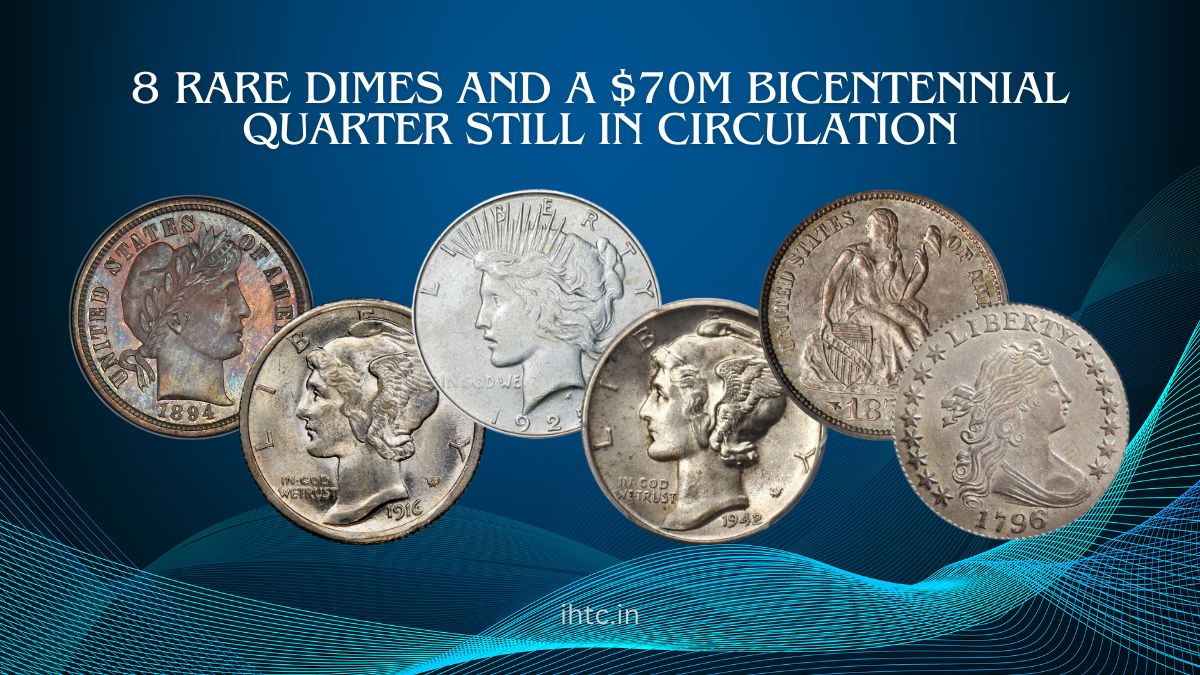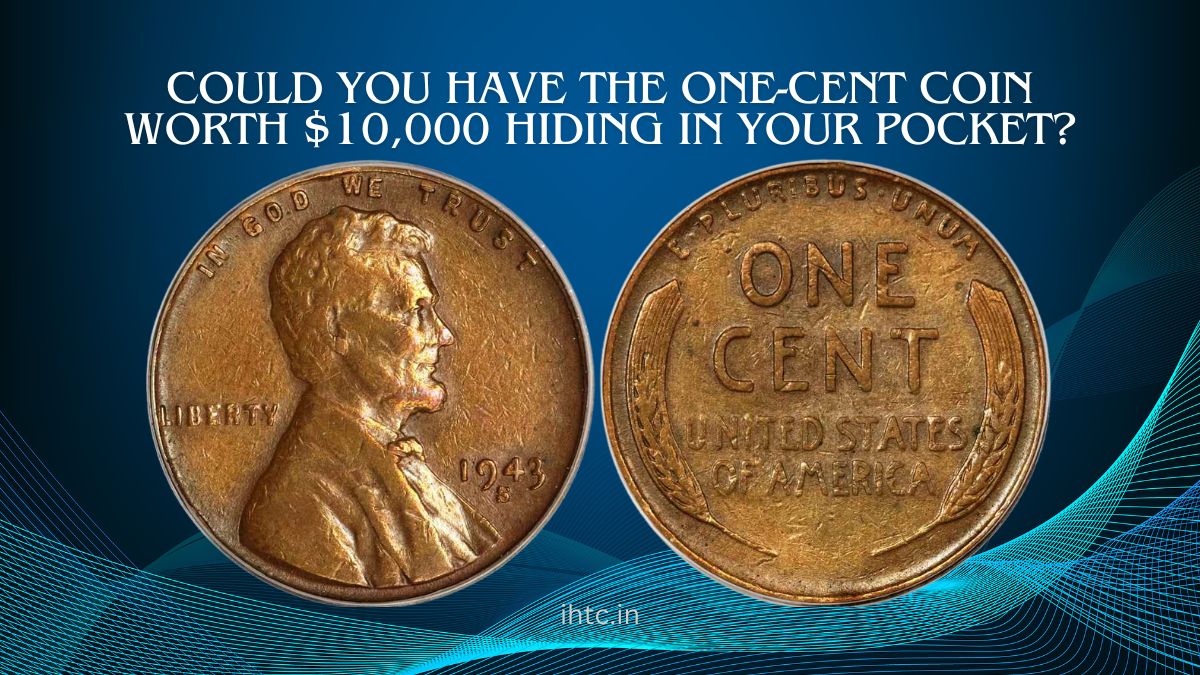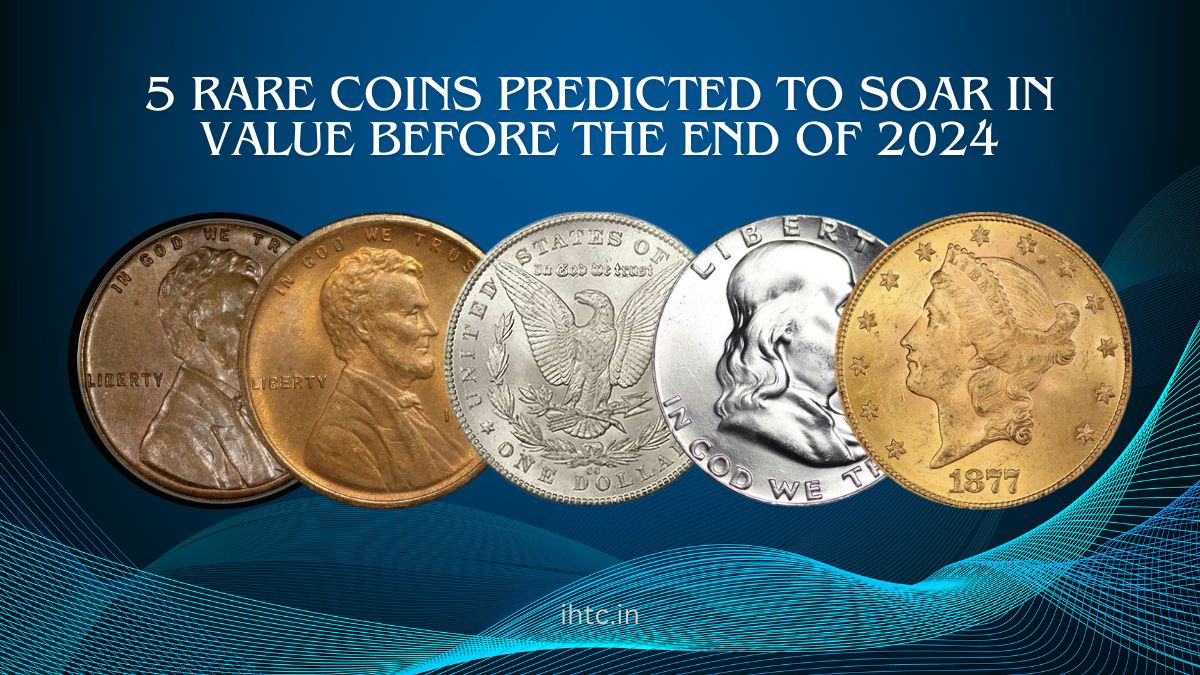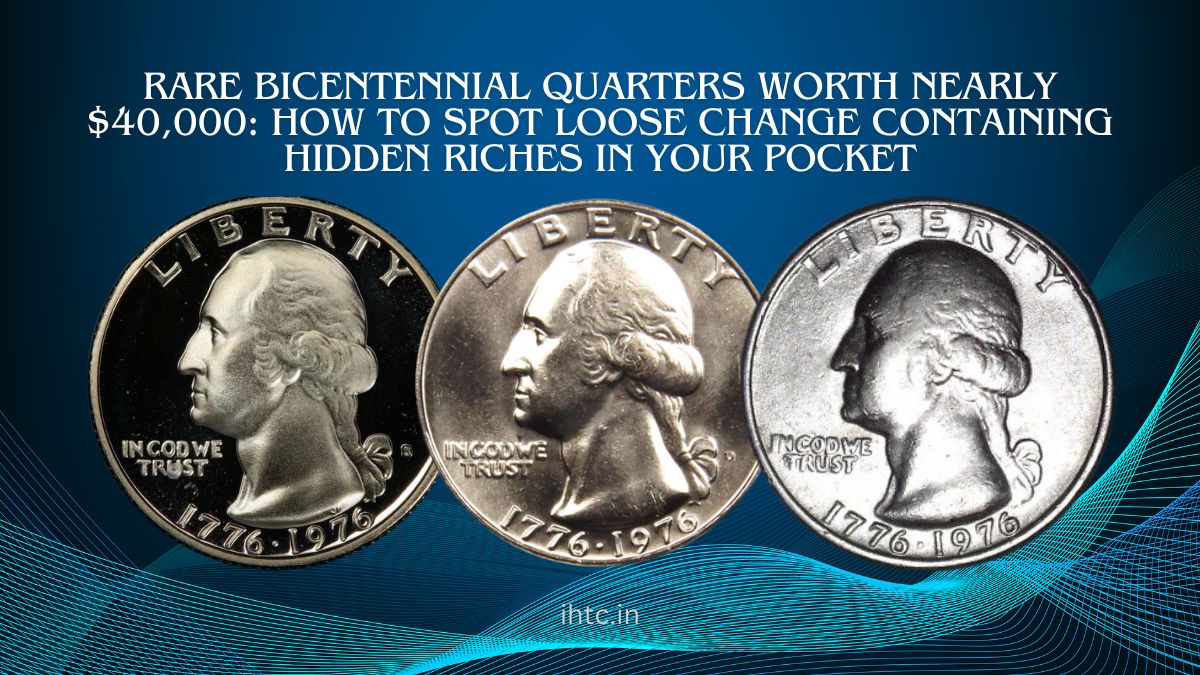In the world of coin collecting, minting errors or misprints can dramatically increase a coin’s value. These errors, often one-of-a-kind or found in small quantities, make the coins highly desirable to collectors. Known as error coins, they are valued for their rarity and the unique story behind each mistake.
In this article, we’ll highlight the top 7 misprinted U.S. coins that are worth a small fortune, examining the fascinating errors behind them and their current market value.
1. 1955 Doubled Die Lincoln Cent
The 1955 Doubled Die Lincoln Cent is one of the most iconic error coins in U.S. history. Due to a misalignment during the minting process, the obverse (front) of the coin was struck twice, creating a noticeable doubling effect on the date and inscriptions such as “LIBERTY” and “IN GOD WE TRUST.”
- Error Type: Doubled Die Obverse
- Mintage: Unknown (limited numbers escaped the mint)
- Current Value: $1,000 to $50,000 (depending on condition)
- Why It’s Valuable: Its striking doubling error, combined with rarity, makes this one of the most prized error coins.
2. 2000 Sacagawea Dollar / Washington Quarter Mule
A mule coin is a rare type of error where the obverse of one coin is mistakenly paired with the reverse of another. The 2000 Sacagawea dollar struck with the reverse of a Washington quarter is one of the rarest modern U.S. coin errors.
- Error Type: Mule Error
- Mintage: 17 coins discovered
- Current Value: $50,000 to $150,000
- Why It’s Valuable: This unique error, combining two different coins, is extremely rare and highly sought after.
3. 2004 Wisconsin State Quarter (Extra Leaf Error)
The 2004 Wisconsin State Quarter became famous due to an unusual error in the design. On some coins, an extra leaf appears on the corn stalk on the reverse side, creating two varieties: the “Extra Leaf High” and “Extra Leaf Low.”
- Error Type: Die Gouge Error
- Mintage: Unknown (limited numbers)
- Current Value: $300 to $3,000 (depending on variety and condition)
- Why It’s Valuable: The extra leaf error adds a unique twist to this quarter, making it highly collectible.
4. 1972 Doubled Die Lincoln Cent
Like the 1955 Doubled Die, the 1972 Doubled Die Lincoln Cent features a doubling error on the obverse. This error is most noticeable in the inscriptions “LIBERTY,” “IN GOD WE TRUST,” and the date.
- Error Type: Doubled Die Obverse
- Mintage: Limited (precise numbers are unknown)
- Current Value: $200 to $3,500
- Why It’s Valuable: The pronounced doubling makes this error coin a must-have for collectors, and it is less common than other doubled die errors.
5. 1937-D Three-Legged Buffalo Nickel
One of the most famous U.S. coin errors, the 1937-D Three-Legged Buffalo Nickel occurred when the reverse die was over-polished, resulting in the buffalo appearing to have only three legs.
- Error Type: Die Polishing Error
- Mintage: Limited
- Current Value: $1,000 to $100,000 (depending on condition)
- Why It’s Valuable: The missing leg on the buffalo is a distinct and visually obvious error, making this coin both rare and highly desirable.
6. 1943 Copper Lincoln Cent
During World War II, the U.S. Mint switched from copper to steel to preserve copper for the war effort. However, a few copper planchets were accidentally struck in 1943, resulting in one of the rarest and most valuable U.S. coins.
- Error Type: Wrong Planchet Error
- Mintage: Around 20 coins (estimated)
- Current Value: $100,000 to $1.7 million
- Why It’s Valuable: The rarity of a copper cent from 1943, combined with its historical significance, makes this coin a collector’s dream.
7. 2007 Presidential Dollar (Missing Edge Lettering)
The 2007 Presidential Dollar was supposed to feature edge lettering with the date, mint mark, and the phrase “E PLURIBUS UNUM.” Some of these coins were released without this lettering, making them a valuable error coin.
- Error Type: Missing Edge Lettering
- Mintage: Believed to be in the thousands
- Current Value: $100 to $1,000
- Why It’s Valuable: The missing edge lettering is a relatively rare error and highly sought after by collectors of modern U.S. coins.
Overview of Top 7 Misprinted U.S. Coins
| Coin Name | Error Type | Mintage | Current Value Range | Notable Feature |
|---|---|---|---|---|
| 1955 Doubled Die Lincoln Cent | Doubled Die Obverse | Unknown | $1,000 to $50,000 | Pronounced doubling on obverse inscriptions |
| 2000 Sacagawea Dollar / Quarter Mule | Mule Error | 17 coins | $50,000 to $150,000 | Obverse of Sacagawea dollar paired with reverse of a quarter |
| 2004 Wisconsin Quarter (Extra Leaf) | Die Gouge Error | Unknown | $300 to $3,000 | Extra leaf on the corn stalk |
| 1972 Doubled Die Lincoln Cent | Doubled Die Obverse | Unknown | $200 to $3,500 | Doubling on inscriptions “LIBERTY” and “IN GOD WE TRUST” |
| 1937-D Three-Legged Buffalo Nickel | Die Polishing Error | Limited | $1,000 to $100,000 | Missing leg on buffalo due to over-polished die |
| 1943 Copper Lincoln Cent | Wrong Planchet Error | Estimated 20 | $100,000 to $1.7 million | Struck on copper during a year meant for steel cents |
| 2007 Presidential Dollar (Missing Edge Lettering) | Missing Edge Lettering | Unknown | $100 to $1,000 | Missing edge lettering, including date and mint mark |
Why Are Misprinted Coins So Valuable?
Several key factors contribute to the high value of misprinted coins:
- Rarity: Error coins are often rare because they result from mistakes that were either corrected quickly or escaped unnoticed in small quantities. Their scarcity drives up demand and value.
- Collector Demand: Error coins are highly sought after by collectors, as they offer a unique story and often feature visually interesting mistakes.
- Historical Significance: Some error coins, like the 1943 Copper Lincoln Cent, have added value due to their historical context, making them more desirable to collectors.
- Condition: As with all collectible coins, the condition is a major factor in determining value. Coins that are in mint or uncirculated condition fetch significantly higher prices.
How to Identify Misprinted Coins
Identifying error coins can be tricky, especially for beginners. Here are a few tips to help spot valuable errors:
- Look for doubling: Check the inscriptions and dates for signs of a doubled die error.
- Inspect the edge: For coins like the Presidential Dollar, check the edges for missing or incomplete lettering.
- Examine design elements: Pay close attention to details like extra leaves on the Wisconsin Quarter or missing features on Buffalo nickels.
- Use magnification: Small design anomalies or errors may not be obvious at first glance, so use a magnifying glass to carefully inspect the coin.0
Misprinted U.S. coins are more than just minting errors—they represent unique collectibles that can fetch substantial sums. From the famous 1955 Doubled Die Lincoln Cent to the ultra-rare 1943 Copper Lincoln Cent, these coins hold a special place in the hearts of collectors. If you happen to find one of these error coins, you may be holding a valuable piece of history that could be worth a small fortune.

